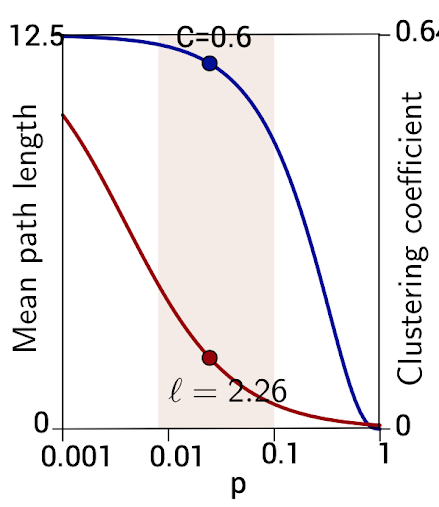
| [Code] | [Slides] | [Report] |
 Small World is a phenomenon, first observed in the social connectivity of people. Here we are using small world phenomenon in the context of WSNs. Introducing a small world in wireless sensor networks means introducing long-range links between nodes, decreasing the Average Path Length(APL) and Average Clustering Coefficient(ACC). It makes the network well-connected, efficiently transmitting data with high lifetime, throughput, low energy consumption, and latency.
Small World is a phenomenon, first observed in the social connectivity of people. Here we are using small world phenomenon in the context of WSNs. Introducing a small world in wireless sensor networks means introducing long-range links between nodes, decreasing the Average Path Length(APL) and Average Clustering Coefficient(ACC). It makes the network well-connected, efficiently transmitting data with high lifetime, throughput, low energy consumption, and latency.
|
|